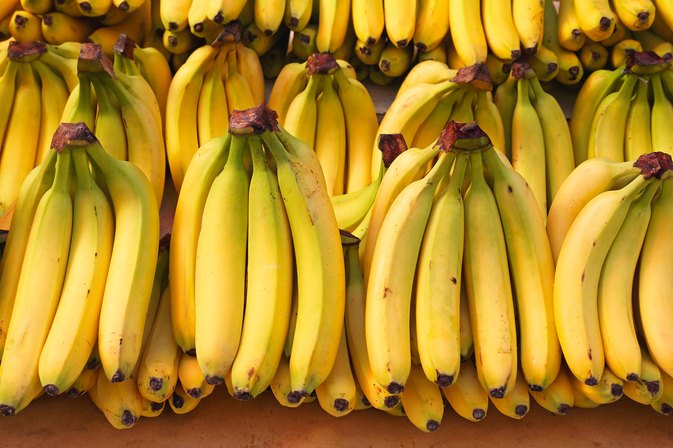 |
| Bananas |
The two countries
do not feature among the leading exporters of the food crop because of
little efforts to boost production, quality and secure foreign markets.
"Cote d'Ivoire and
Cameroon are the two leading banana exporters in Africa. What is wrong
with us in East Africa?" asked Dr Cyprian Ebong, the acting executive
secretary of the Association for Strengthening Agricultural Research in
Eastern and Central Africa (Asareca).
He
was speaking at the launch of a $13.8 million Breeding Better Bananas
(BBB), a banana improvement project targeting Tanzania, Uganda, Kenya,
Burundi, Rwanda and Ethiopia. The three and a half-year project aims at
improving productivity of the crop and make it a traded commodity
through marker assisted hybrid selection.
Dr Ebong said
although banana is both a food and cash crop, the region has failed to
exploit the potential due to poor production technologies coupled with
disease and pest attacks.
To ensure increased
productivity that would lead to commercialisation of the crop, research
will be intensified for high yielding and disease resistant breeds. For
the East African Community (EAC) bloc, banana production generates $4.3
billion annually, accounting for five per cent of the Gross Domestic
Product (GDP).
In Tanzania, a
total of 760,000 hectares of the crop, one of the major food staples and
a leading income for smallholder farmers, was under cultivation in 2016
during which 3.5 million tonnes were produced.
Speaking during
the planning meeting on BBB project, the vice chancellor of the Nelson
Mandela African Institution of Science and Technology (NM-AIST), Prof
Karoli Njau said the pan African university would establish a centre of
excellence on banana research. "The centre is geared for improved
management in banana production. We will deal with banana pests and
diseases," he told agricultural experts from the partner organisations.
He added that although over 50 million people in East African region
depend on highland bananas for their food and income, the average
smallholder productivity has remained as low as less than 30 per cent.









No comments:
Post a Comment